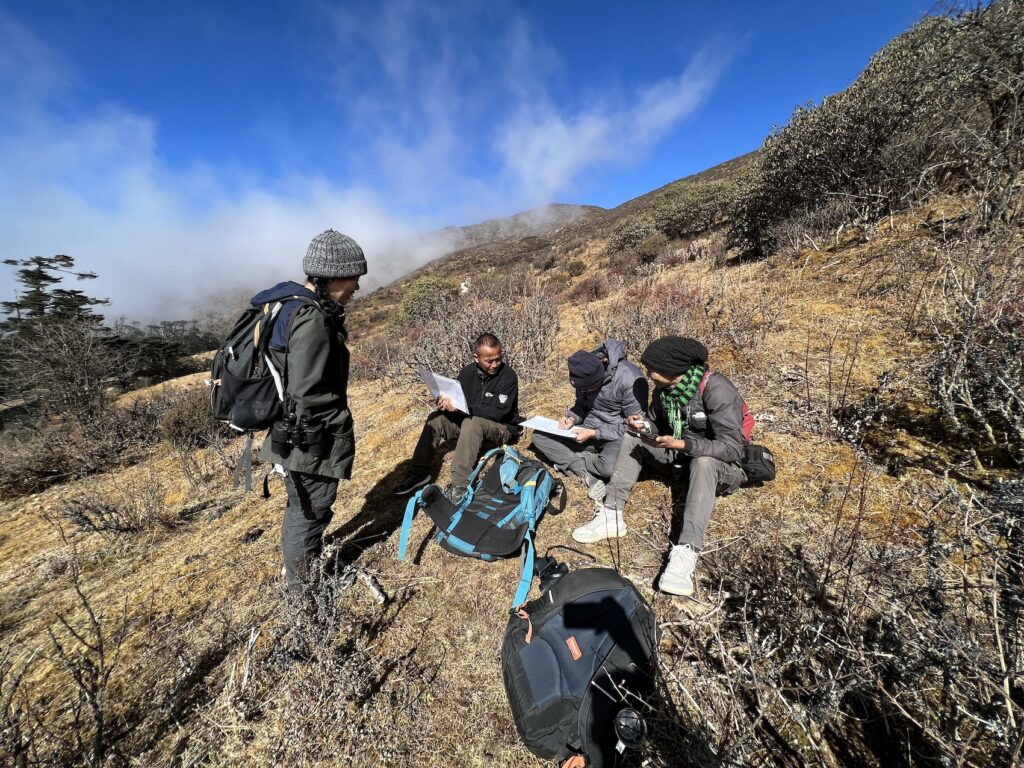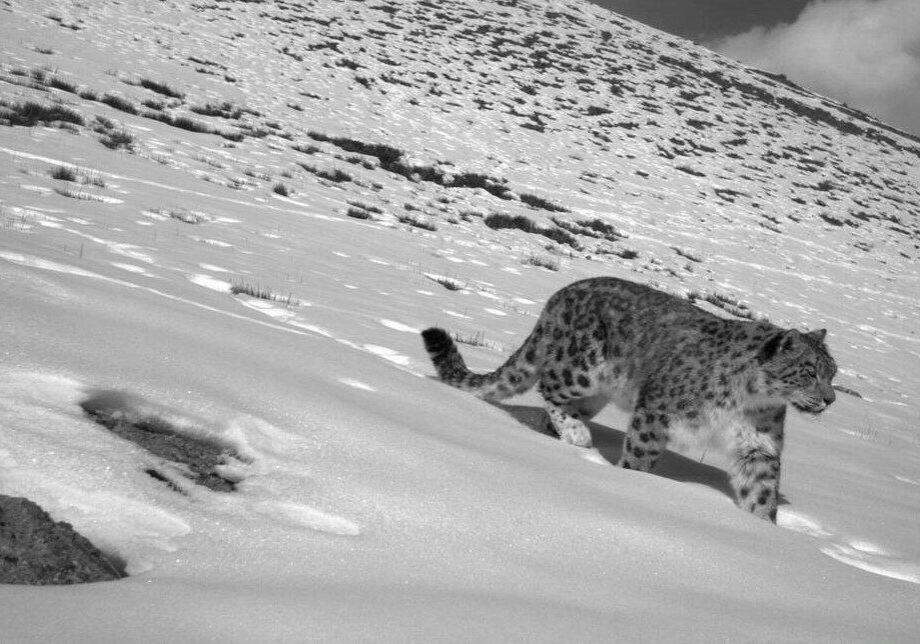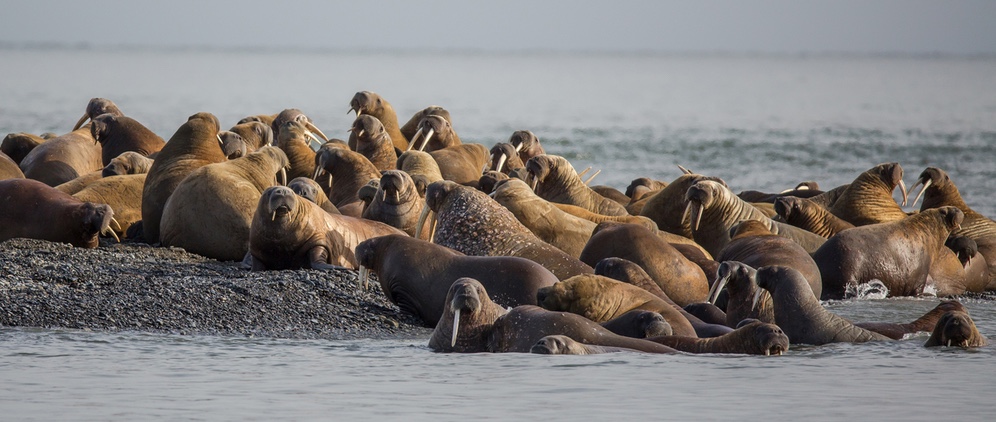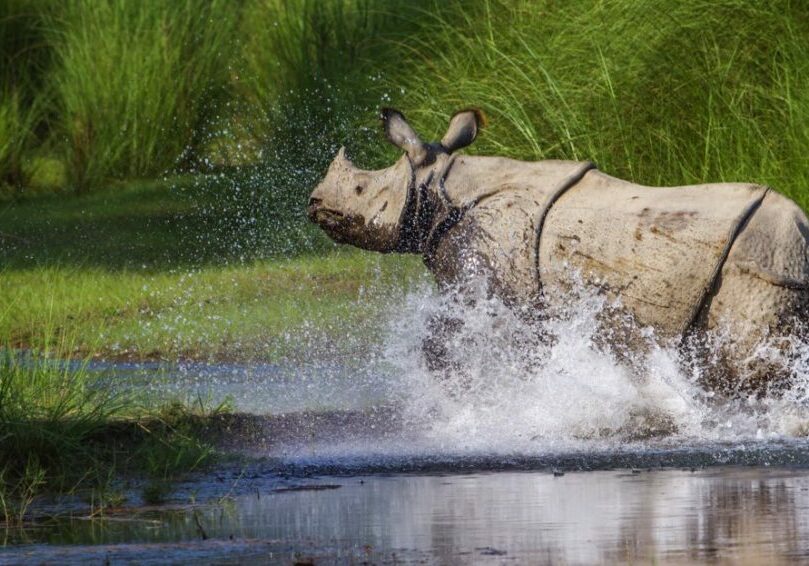Accurately estimating snow leopard populations is a huge challenge. These big cats range across remote mountain regions, at an altitude of 3,000-5,400m, so monitoring them is difficult. But thanks to you, we now know there are more than 700 snow leopards in India – about 10-15% of the total global population – following the country’s first ever national survey.
With your help, we supported the government of India to carry out its first scientific national snow leopard survey – a massive undertaking lasting nearly five years and involving multiple partners.
At the end of it, the government announced an estimated snow leopard population of 718. This will feed into a larger effort – the Population Assessment of the World’s Snow Leopards, or PAWS – which aims to determine the total global number of snow leopards for the first time.
Having a good understanding of where these secretive cats are found and how many there are, as well as the status of their prey populations, is essential to plan effective conservation strategies. Snow leopards are classified as vulnerable on the IUCN’s Red List of Threatened Species, and face threats including habitat loss, poaching, dwindling prey populations and retaliatory killings by local communities after attacks on livestock.
Monitoring the precise population also matters because, as top predators, snow leopards play a key role in the Himalayan ecosystem. Their numbers are a good indicator of ecosystem health, including the effects of climate change.
We were part of the team that developed a standardised protocol for the Indian assessment, combining images from camera traps with genetic sampling and field surveys to check for signs of snow leopards’ presence. This meant that teams across the different regions and states where snow leopards are found were able to use the same methodology, so their results could be easily compared and combined.

© WWF-INDIA
Thanks to your support, we also played a key part in the survey effort in the states of Arunachal Pradesh and Sikkim.
In Arunachal Pradesh, we trained more than 80 people to identify signs of snow leopards, other carnivores and different prey species, and to use camera traps, GPS devices and other equipment. These teams installed 238 camera traps across the state, collecting over 1,500 gigabytes of data that our colleagues then analysed.
In Sikkim, we worked with community members known as Himal Rakshaks (mountain guardians) and other volunteers to conduct field surveys and install more than 200 camera traps across the remote mountain terrain.
In total, survey teams in India walked 13,450 km of trails – equivalent to three times round the England Coast Path – to record signs of snow leopards. They deployed camera traps in 1,971 locations, and 241 different snow leopards – distinguished by the unique patterns on their coats – were identified from photos.
This population estimate, and all the work behind it, will help guide ongoing efforts to monitor and protect snow leopards and their habitat. Thanks for helping!
Adopt a snow leopard
You can help protect these amazing big cats and their habitat by adopting a snow leopard
BANNER IMAGE: © SIKKIM FOREST DEPARTMENT
You helped create a new national park in Colombia
Join our walrus watch!
Solar solution for India’s dairy farmers
More to explore

Notes from the field: Himalayas
A glimpse of a snow leopard is a rare delight, but the mountains are always alive with their presence, says scientist Rishi Kumar Sharma




